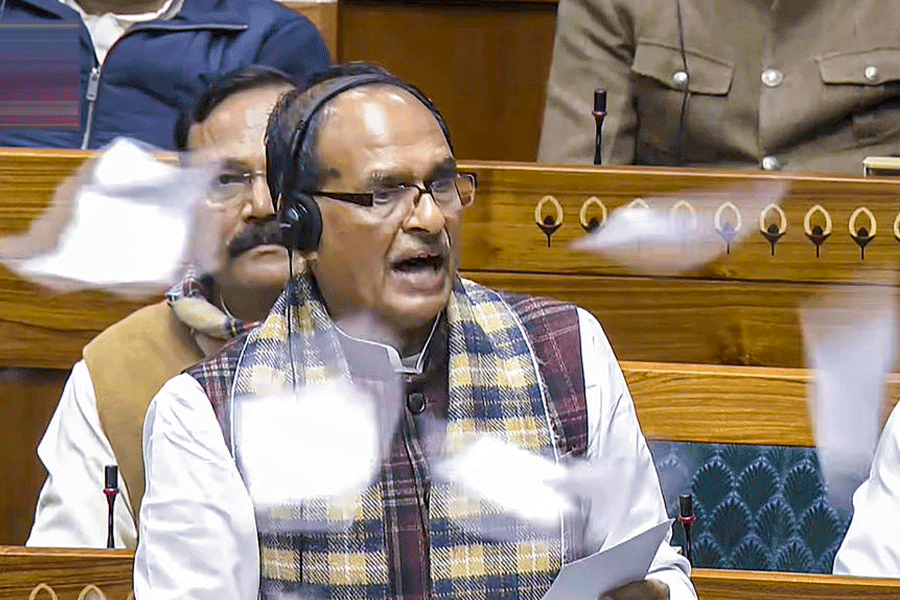Over the last four months, the RBI has cut the repo rate by 100 basis points, from 6.5 per cent to 5.5 per cent. This is the kind of monetary easing that can knock thousands off your EMI or shave years off your loan if you plan right. Not all borrowers benefit equally, and not all gains are automatic. Here are some strategies to help you make the most of this rate cut.
Who benefits from the cut
If your home loan is repo-linked, you’re already a step ahead. These loans move in sync with the RBI’s policy rate. So, when the repo rate drops, your loan rate will follow. Banks typically take one to three months to pass on the cut. If you’re still on MCLR or the older base rate, though, the benefit may be delayed, diluted, or both. These benchmarks are slower to respond, and banks have more leeway in passing on the cut.
As a first step, check your loan type: look at your agreement or ask bank. If you’re not on a repo-linked loan, it may be time to switch.
Tenure vs EMI reduction
When your interest rate falls, you have two choices: reduce your EMI or reduce your tenure. Most banks default to lowering your EMI, but that may not always be the optimal choice.
A shorter tenure means less interest paid overall. Say you have a ₹50 lakh loan at 8.5 per cent for 20 years and your rate drops to 7.5 per cent. You can save almost ₹7.5 lakh in interest and close your loan 3 years earlier simply by keeping your EMI unchanged and letting the tenure drop.
Alternatively, you could lower your EMI and invest the difference through SIPs in equity funds. If your expected post-tax return is higher than the loan interest by at least 2-3 per cent, this could work better. But do the maths first and then decide.
When to refinance your loan
The interest rate is a critical component of your loan and your lender is mandated to pass on the rate cut within three months.
Nevertheless, there are other components that define the loan, chief among them being the spread. The spread is the extra margin your lender adds to the repo rate. Some charge as little as 1.75 per cent, others as much as 3 per cent on their best rates, especially on older loans.
If your loan has a spread of 2.5 per cent and is at 8.5 per cent, your revised rate will fall to 8 per cent. However, if you refinance at a 2 per cent spread, you might get an effective interest rate of 7.5 per cent. Note that the reverse is also possible. If your spread is already low, say 2 per cent, refinancing may not help. So, compare your effective rate with current offers. Refinance only if you’re paying at least 50 basis points more. And make sure you consider refinancing only after your rate cut takes effect.
Should you prepay
In a high-interest environment, prepayment is an obvious choice. It cuts interest burden sharply, especially in the early years when most of your EMI goes to interest. Even ₹1 lakh a year can shave off several EMIs and save you lakhs. However, when rates fall, the equation changes.
Say your loan is at 9–9.5 per cent while a long-term equity investment returns 10-12 per cent after tax. At this difference, you might as well pre-pay your loan and close it early. But if your loan drops to 7.5 per cent while equity investments can fetch ~11 per cent post-tax, you may earn more by investing the money you planned to use to prepay and letting your loan run its course.
Still, closing a loan early brings peace of mind, and that matters too. Run the numbers before choosing.
Are your finances ship-shape
A home loan rate cut is a perfect moment to review your entire financial plan. If your EMI has gone down, put that surplus to work. Redirecting even ₹2,000–₹5,000 a month into an SIP could add up to several lakhs over 15 years. Use it to build your emergency fund, top up your retirement savings, clear more expensive debt faster, whatever is a priority for you.
If you reduce your tenure, you’ll be debt-free sooner, giving you more freedom when it matters. It could mean having extra room in your budget when your child starts college, or being able to plan that second home without juggling multiple EMIs, or fast-tracking your retirement goals.
A rate cut is more than a technical adjustment. With a little foresight, they can turn into long-term gains that move your life forward without financial stress.
Conclusion
A 100-bps rate cut is an opportunity, but only if you seize it. Review your loan. Check your rate. Don’t assume your bank has passed on the cut. If your rate is high, ask for a shift to a repo-linked loan. It may cost a small fee but could save you 50–100 basis points. If nothing works, consider switching.
Ask the right questions, take action, do the maths, and make the most of the bonanza.
The writer is CEO of Bankbazaar.com










